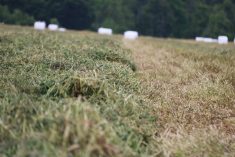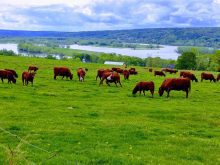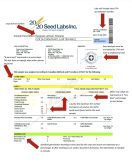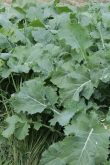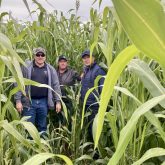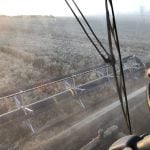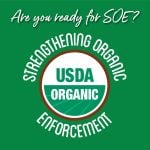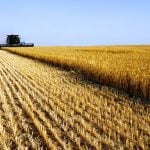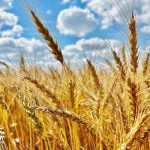A North American leader in advanced forage production systems wants producers to think about legumes as more than a feed source. University of Wisconsin professor emeritus Dan Undersander says they should also think of them as a nitrogen source for other crops, with a bonus of reducing greenhouse gases (GHGs).
“By using legumes appropriately, we can increase farmer independence by reducing the need for purchased off-farm inputs,” Undersander said, explaining that fertilizer is a big contributor to GHGs.
“It’s amazing how much (energy) it takes to produce a ton of nitrogen, but then, at the same time, how much that costs you. Potassium has also gone up in cost and is a significant input.”
Read Also
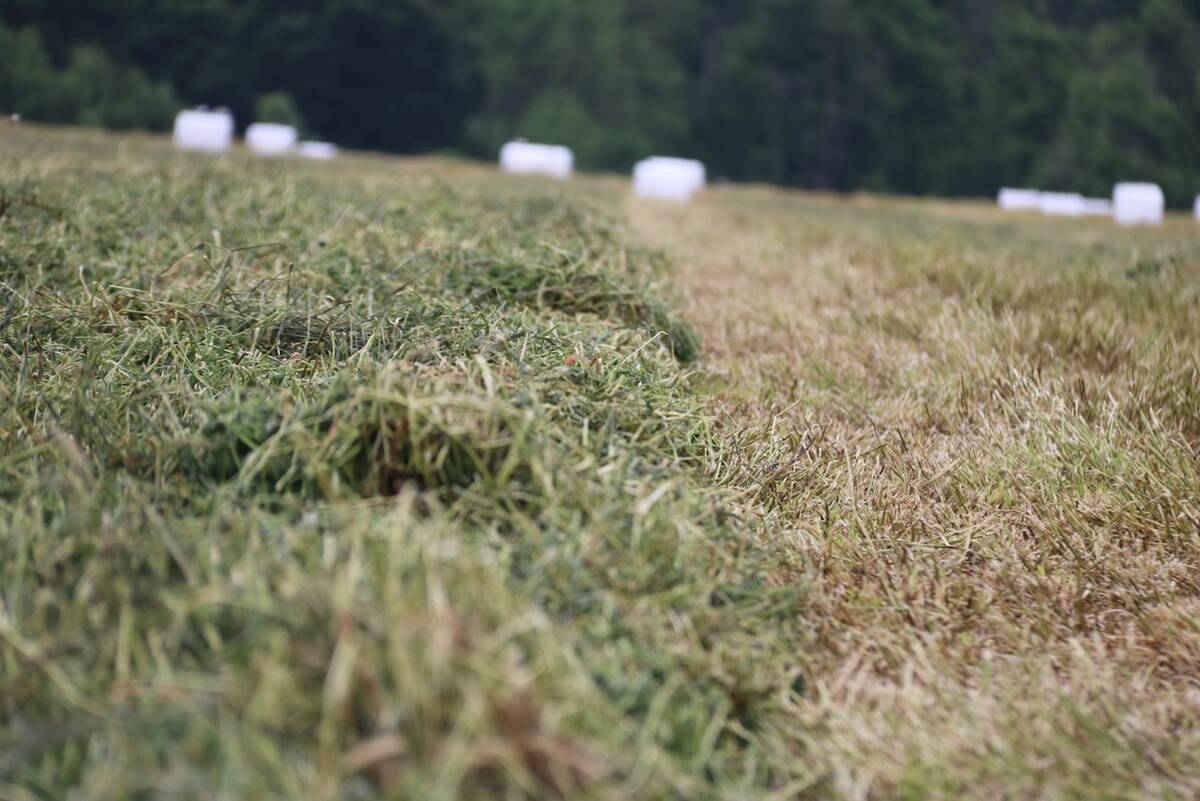
New high performance forage training program to launch in 2026
A new Canadian Forage and Grasslands Asssociation high performance forage program will be a resource for farmers, agronomists and others in the forage sector.
Considering that cost, it makes sense to find ways to avoid purchasing those off-farm inputs. This is where perennial forages come in, Undersander told the Canadian Forage and Grassland Association’s 14th Annual Conference in Harrison Hot Springs, B.C. last November.
Nitrogen source
He referenced a 2009 Minnesota study that revealed the importance of legume credits from alfalfa. Researchers applied rates ranging from zero to 160 pounds of nitrogen per acre on alfalfa, then
planted corn after plowing it down. There was no difference in grain or silage yield among any of the five sites.
“The point is that if you plow down an alfalfa field, you can grow a crop of feed with no additional nitrogen fertilizer,” Undersander said. “That’s huge.”
He said the same is true for red clover, though not quite to the same extent. Studies at various sites with red clover interseeded into small grains such as oats or wheat for one year before corn showed anywhere from 70 to 140 pounds of N replacement per acre, demonstrating that farmers don’t need long-term stands to see results. Several other reports showed that nitrogen was released from red clover at the time of the season when corn needed it most.
“We should be thinking about these crops not just as a good forage, which they are, but as a nitrogen fertilizer source,” Undersander said, adding the real advantage of clover or manure is that the N is “available slowly as the season goes on, so you don’t lose it like you could a commercial fertilizer source.”
While about 40 per cent legume in a forage stand is ideal for providing enough nitrogen for the grass, Undersander said that assumes plants are healthy.
Less diesel, more yield.
Another study Undersander was involved in examined published literature and tallied the diesel used for each action in producing a crop. He said the study revealed it takes 42 gallons of diesel to raise one acre of corn. But if the commercial nitrogen application was replaced with alfalfa, the equivalent rate dropped to 21 gallons per acre.
“That was a 49 per cent savings in the diesel fuel in the greenhouse gas equivalent. That’s a big deal.”
Undersander said maintaining legumes in rotations provides other yield benefits.
“There is lots of data to show that corn following alfalfa yields 20 per cent more than corn following corn. That 20 per cent yield increase with the current corn price of $470 per tonne in Canada is $1,000 per hectare.”
Other benefits
Undersander said soil health is another benefit from forages. Legumes are associated with water-holding capacity and drought tolerance because of their deep taproots. Several types reach six to eight feet deep and measure a half inch in diameter. These taproots create channels through the soil which attract worms and other microorganisms, and promote air and water movement deeper into the profile so it is available later, and to help the field drain faster after a rain.
“It’ll help them on the surface and it’ll help them hold water for later on in the season,” Undersander said.
Legumes also stimulate conditions which improve soil health and resilience. He said one example is glomalin, a protein found along the taproot, which binds soil particles.
“So when you have a legume growing in the soil, you get bigger particles of soil, which are good for water infiltration, movement and so on.”
This helps aggregate stability, increasing pore space and tilth and reducing soil erodibility and crusting. Maintaining a permanent cover can also help in highly erodible or sensitive areas.
Short rotations
Undersander offered advice to help producers maximize forage yields. One recommendation was shorter rotations to take nitrogen credits and yield benefits more often, rather than trying to maintain the stand an extra year or two. He suggested two- or three-year stands for alfalfa, for example.
“Certainly for clovers, one year is adequate to work.”
A second piece of advice was to plant fungicide-coated seeds. “We put fungicide on corn and soybeans and we don’t put it on alfalfa and clover and then complain when we get a poor stand.”
Access to the recording of Undersander’s session, as well as the other sessions at the CFGA’s 14th annual conference, is available for purchase. For more information email [email protected].



